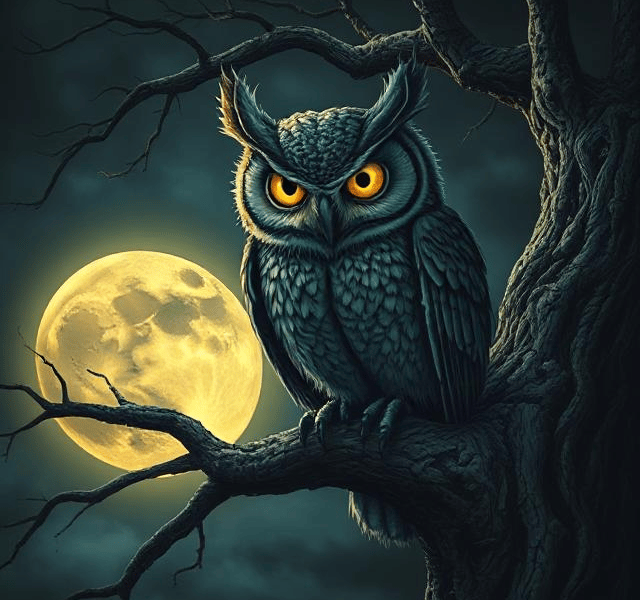The Legend of Owls: Harbingers of Doom or Symbols of Wisdom?
Discover why owls have been regarded as both harbingers of doom and symbols of wisdom across cultures. Learn about their mythological roots, superstitions, and scientific facts.
DipVai
2/7/20251 min read


Owls have long captivated human imagination with their mysterious presence and piercing eyes. In many cultures, these nocturnal birds are associated with both ominous warnings and profound wisdom. But why does such a contrasting reputation follow them?
Harbingers of Doom:
In ancient Rome, hearing an owl’s hoot was believed to foretell death or tragedy.
Many Native American tribes saw owls as messengers from the spirit world, often delivering bad omens.
In parts of India and the Middle East, encountering an owl near your home is thought to bring misfortune.
Symbols of Wisdom:
In Greek mythology, Athena, the goddess of wisdom, was often depicted with an owl perched by her side.
Medieval European scholars admired the owl's nocturnal nature, associating it with deep knowledge and insight.
In modern literature and pop culture, owls frequently represent guidance, intelligence, and learning — think Hedwig from Harry Potter.
Scientific Perspective:
Owls are incredible predators, with exceptional night vision and the ability to fly almost silently. Their eerie nocturnal calls, combined with their unusual physical features, likely contributed to their spooky reputation. However, their role in controlling rodent populations makes them invaluable in ecosystems.
Modern Interpretations:
Today, opinions about owls vary. Some people still cling to superstitions, while others appreciate them as majestic creatures of the night. Conservation efforts have helped dispel myths and encourage the protection of these fascinating birds.
Final Thought:
Whether seen as a bad omen or a wise guardian, the owl remains one of the most enigmatic and awe-inspiring birds in the natural world.
Related Topics
Get in touch
itsusdipvai@gmail.com
